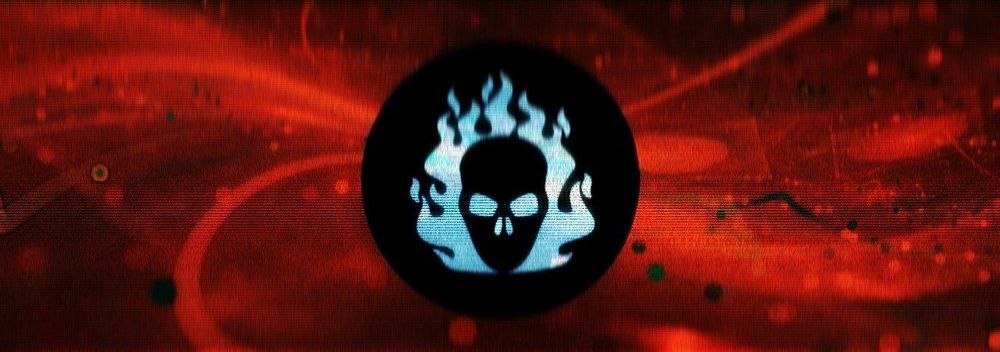The national artificial intelligence strategy, which was unveiled in November, will focus on five key sectors — transport and logistics, smart cities and estates, safety and security, healthcare, and education.
Read the full story: https://www.straitstimes.com/singapore/tapping-ai-to-deliver…ect-issues
Get the latest news updates: http://www.straitstimes.com
Follow The Straits Times online:
Twitter: https://www.twitter.com/STcom
Facebook: https://www.facebook.com/TheStraitsTimes
Instagram: https://www.instagram.com/straits_times/
About The Straits Times:
The Straits Times, the English flagship daily of SPH, has been serving readers for more than a century. Launched on July 15, 1845, its comprehensive coverage of world news, East Asian news, Southeast Asian news, home news, sports news, financial news and lifestyle updates makes The Straits Times the most-read newspaper in Singapore.







